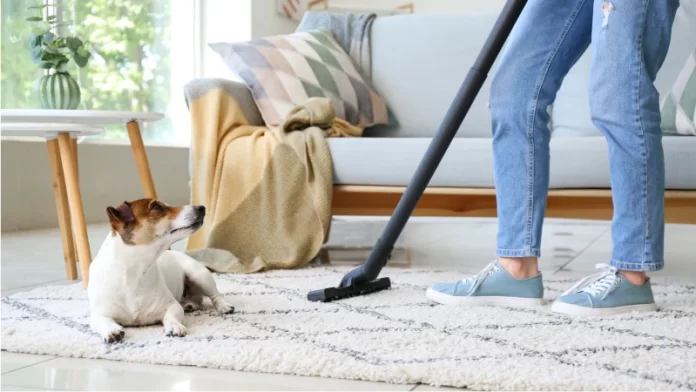In an era where hygiene and cleanliness are paramount, the demand for antimicrobial solutions has grown exponentially. Antimicrobial carpet and flooring have emerged as frontline defenders against the spread of infections, with a particular emphasis on their relevance in healthcare facilities, educational institutions, hospitality settings, and more. These specialized floor coverings play a crucial role in infection prevention and control, making them indispensable in our ever-evolving world of health and safety.
Flooring, carpets, and rugs have long been potential sources of unwanted bacteria and fungi. In environments where moisture can accumulate, such as healthcare facilities, these soft surfaces can become breeding grounds for microbial growth, leading to musty odors and product degradation. Similarly, hard surfaces are not immune to bacterial and fungal colonization. Over time, wear and tear can expose these surfaces to unwanted pathogens, while adhesives used in flooring may inadvertently support fungal growth, resulting in discoloration and deterioration.
Antimicrobial flooring and carpeting offer numerous advantages. They prevent musty odors, protect against staining, and guard adhesives from bacterial and fungal growth. Additionally, they help maintain cleanliness in inaccessible areas, such as the base of carpet fibers or the backing, for an extended period. These antimicrobial solutions provide consumers with fresh and durable flooring alternatives, ensuring a safer and healthier environment.
So, how are these antimicrobial wonders crafted? To manufacture antimicrobial carpet or area rugs, products like Ultra-Fresh are expertly incorporated into the fibers to prevent bacterial growth on the surface. For added control against mold and mildew, antimicrobial treatments can be introduced into the latex or secondary backing. Some products also incorporate antimicrobial protection into foam underlays.

For antimicrobial bathmats, the treatment is either applied topically to the fabric or integrated into the internal memory foam layer, ensuring long-lasting protection even in high humidity conditions. Hard surfaces, too, can be protected by adding antimicrobial agents into the topcoat and wear layers, as well as the backing. Once applied, these treatments become an integral part of the structure, extending the useful life of the product.
What goes into creating these antimicrobial solutions? Various active ingredients are employed, depending on the material and application. For antimicrobial carpet, silver-based treatments are common when integrated directly into the fibers via extrusion. Zinc pyrithione and silane quat compounds are often used when the treatment is applied topically to the face fibers.
Carpet backing is treated with options like zinc pyrithione, thiabendazole, and isothiazolinone-based technologies, each offering unique antimicrobial and antifungal properties. Similarly, hard surface flooring, rubber or epoxy flooring, and flexible vinyl flooring are armed with antimicrobial additives that are effective against bacteria and fungi.
Testing these antimicrobial wonders is essential to ensure their efficacy. Various standardized test methods are available for evaluating antimicrobial performance, including those developed by organizations like the American Association of Textile Chemists and Colorists (AATCC), American Society for Testing and Materials (ASTM), International Organization for Standardization (ISO), and Japanese Industrial Standard (JIS). Manufacturers can assess bacterial and fungal efficacy, utilizing quantitative test methods that cater to specific materials and antimicrobial technologies.
In conclusion, antimicrobial carpet and flooring have become integral to maintaining clean and safe environments in various settings. As the world prioritizes health and hygiene, these innovative solutions offer a reliable defense against unwanted




